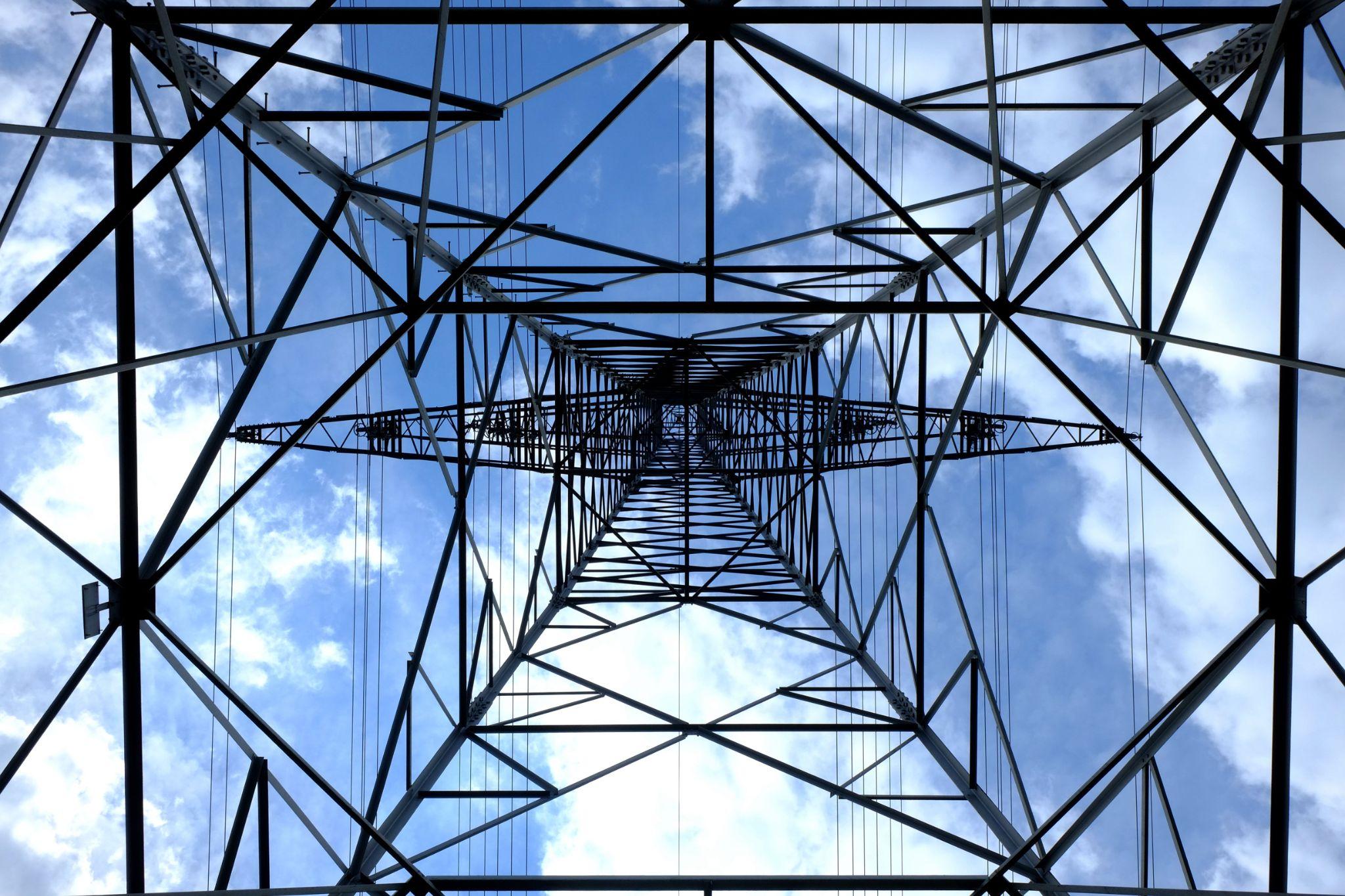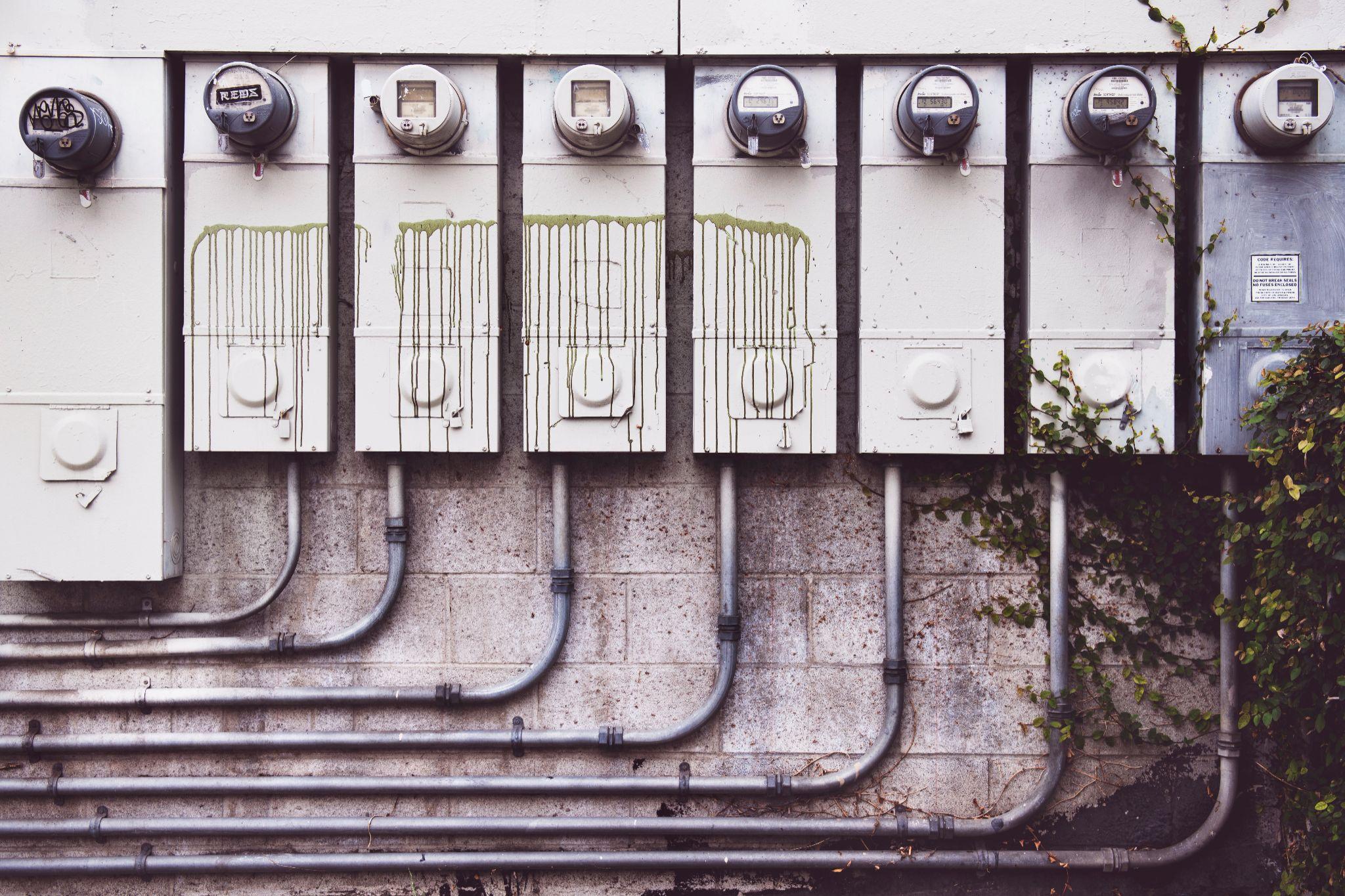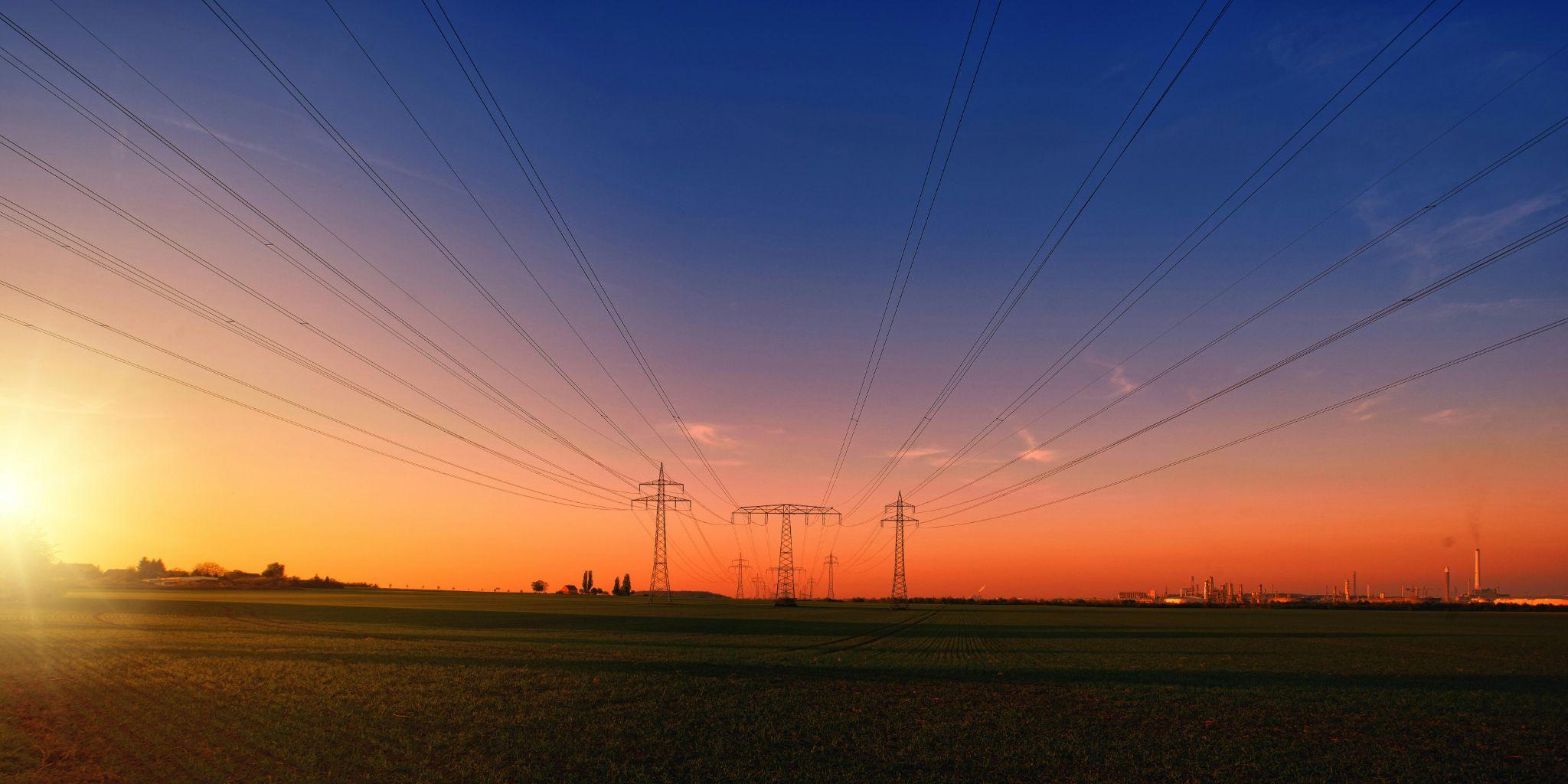Electricity Terms to Know: Strøm Spotpris and More

Norway’s energy system depends on a dynamic electricity market that serves its users effectively, sending price signals for long-term investments while also playing a vital role in short-term balancing between supply, transmission, and consumption.
Power trading is made easier through interconnections between Norway and its neighbouring countries, which facilitate the importation of cheaper power from outside Norway when prices in Norway increase disproportionately to production levels.
Read More: How to Save Energy and Money in 2023
Market-based electricity production and trading
Norway’s market-based system for electricity production is a crucial element of its power system, providing investment signals and short-term balancing between supply, demand, transmission capacity and peak demand.
Nord Pool Spot, Norway’s primary power exchange, serves as the hub of day-ahead and intraday trading in Norway, setting prices based on market supply and demand to reflect costs associated with producing energy at thermal power plants, coal prices, natural gas costs and emission allowances.
Norway’s five largest electricity consumers boast of their sustainable business practices and production methods in their advertisements, with combined consumption totaling almost 30 TWh in 2021 and advertisements that often refer to Scope 2 emissions calculations for local calculation of emissions.

Market coupling
Market coupling integrates electricity trading and physical grid capacity allocation into one process, using implicit auctioning. It involves simultaneous calculation of prices and power flows between various market areas allowing more efficient use of transmission capacities while helping integrate intermittent renewable sources more easily.
Market coupling also promotes price convergence across interconnected markets, eliminating price disparities and encouraging competition. Furthermore, it helps ensure grid stability by decreasing backup generation needs and energy costs by decreasing energy costs associated with backup generators.
The Nordic day-ahead market is connected with European markets by way of price coupling of regions (PCR). PCR uses implicit auctioning technology that allows transmission capacity allocation simultaneously as power exchanges settle supply and demand imbalances.
Variable price contracts allow electricity suppliers to adjust the price you pay depending on hourly spot prices, helping you to reduce your bill by matching times when spot prices are lowest with when your consumption occurs. This helps match consumption with reduced hourly spot prices for optimal bill savings.
Norwegian electricity infrastructure needs significant investments to accommodate growing loads and appliances, so network operators have prioritized smarter electricity system solutions to optimize investment decisions and maximize capacity utilization. You can click here to learn more.
In the third quarter, heavy rainfall and higher reservoir fill rates led to significant spot price decreases throughout southern Norway, which contributed to higher volume exports from Norway during this quarter.
Attracting low electricity market prices to cut their costs over time. Electricity pricing is determined primarily by fossil fuel, gas and emissions allowance costs as well as short-term market adjustments due to electricity being produced on-demand rather than stored up for later.
Norway’s electricity prices vary depending on where they’re being sold, partly due to weather conditions. A lot of rain in southern Norway led to record electricity production levels which in turn drove down power prices significantly.

What is the spot price?
Spot price in the electricity market is an indicator of supply and demand, determined through bidding on electricity exchanges by various participants. Hourly pricing also depends on weather conditions – for instance, windy days make hydropower production more costly.
Spot-price contracts are power agreements where the price tracks market prices on Nord Pool in Nordic Power Exchange. Consumers also typically pay an additional supplement fee and a set monthly cost from their energy company.
Norway offers household electricity consumption a variable price structure which changes depending on factors like weather and electricity production, with average prices for households in the third quarter of 2023 at 41.1 ore per kWh consumed – this includes taxes and grid rent. You can click the link: https://www.oecd.org/tax/tax-policy/taxing-energy-use-norway.pdf to learn more about taxes.
Meanwhile, power-intensive industries typically negotiate long-term fixed-price contracts with energy suppliers of their choosing to ensure constant electricity pricing over time.
Nord Pool spot prices are determined by energy demand from industry and large consumers, weather patterns, and seasonal factors such as days with factories operating. Daytime peak demand tends to raise prices; night-time demand typically decreases. On weekends and in colder conditions prices typically spike higher.
If you have a variable-price contract, there are ways you can take advantage of low spot prices to reduce electricity costs and take advantage of any opportunities when they arise. One such solution would be automating energy-intensive appliances like charging an EV overnight when electricity prices are lowest.
Spot prices play a pivotal role in how electricity companies conduct business.
Spot prices of electricity are an integral component of overall electricity costs and have an enormous influence on households with variable price agreements. You can visit bestestrøm.no/spotpris/ to learn more. As spot prices fluctuate upward, electricity companies must pay more on Nord Pool; conversely, lower spot prices mean reduced payments for your energy provider and thus reduced electricity expenses for you.
Electricity producers buy and sell electricity on the wholesale market, with much of their trade hedged against future spot price changes. When spot prices spike significantly, it may appear as though power producers are losing money; however, due to accounting rules surrounding hedging.

Hydropower
Hydropower is one of the world’s oldest and most dependable sources of energy.
While its most familiar example may be dams like Hoover Dam, hydroelectric plants come in all shapes and sizes–even “damless” ones–that use flows in municipal water systems or irrigation ditches for power production. Hydroelectricity also benefits the environment by helping decrease fossil fuel consumption thus contributing to climate change mitigation efforts.
As water travels along its cycle, from evaporating in the ocean, condensing as clouds, rain, snowfall, rivers and streams gathering it for storage before flowing back to lakes and eventually back into the sea, an incredible amount of energy can be harnessed from this natural process to power our global economy, homes and businesses alike.
Hydropower harnesses this potential energy source in order to produce clean and renewable power that fuels economic development globally as well as locally.
Hydropower plants are among the most prevalent sources of renewable electricity today, using dams to form reservoirs, which then pump water uphill when demand for electricity increases and then released through turbines to produce electricity.
At times when demand drops off again, however, that water is returned back downhill into its lower reservoir as part of a process known as “pumped storage hydropower.”
As the first step of developing a hydropower plant, selecting an appropriate site is of utmost importance. A suitable location must have both sufficient streamflow and head, or elevation differences between its highest and lowest points in a river basin that allows a hydropower plant to operate efficiently.
A reservoir created by a dam often floods areas where people live and farm causing significant impacts for local communities as well as altering natural flow patterns of a river which may affect habitat for aquatic and riparian species.
Hydropower is an eco-friendly renewable form of energy that’s both reliable and affordable, ranking second globally as a source. Hydropower generation also plays an integral part in supporting wind and solar resources while ramping up production quickly to balance fluctuating renewable energies like wind power or solar panels – helping reduce our need for fossil fuels or natural gas sources of power generation.
Norway, Brazil and the Democratic Republic of Congo rely heavily on hydropower for powering their electricity systems; Norway, Brazil and DRC all get more than 90 percent of their energy from hydropower sources.
Hydropower can meet real-time energy demands while improving grid security and reliability; additionally it’s highly suitable for energy storage for future use.
Read More: Top Signs Your HVAC System Requires Professional Attention
How to Get the Cheapest Electricity Rates in Your Area
Finding the best electricity rates may require some planning, but can save you hundreds of dollars each year. Most areas where energy is deregulated allow consumers to compare plans based on consumption and switch providers; however, rates vary by utility and season.
Finding an economical supplier in your area is easiest with comparison websites offering k electric rates. These sites make the process simple for you by providing easy navigation so that all it takes to enter your postcode, energy usage data and current provider, then view a list of suppliers who could offer deals to find what fits best.
Comparing other factors will also help you locate the ideal deal, including term length offered, customer service reputation and sign-up bonuses. Furthermore, long-term market price trends should also be studied; if prices are expected to drop soon it might be wiser to wait before locking into any plan.
Some rate plans tie your utility bills directly to how much electricity is pulled from the grid, meaning your utility bills are calculated based on when and how much electricity you pull from it. Specifically, your bill may differ during peak hours (typically afternoon) than off-peak (usually late night/early morning when demand is usually lower) which can make for some expensive electricity usage times.











